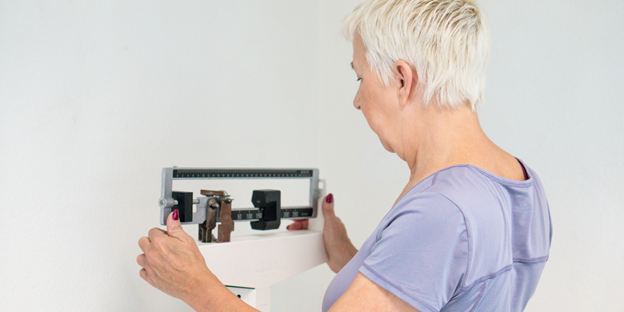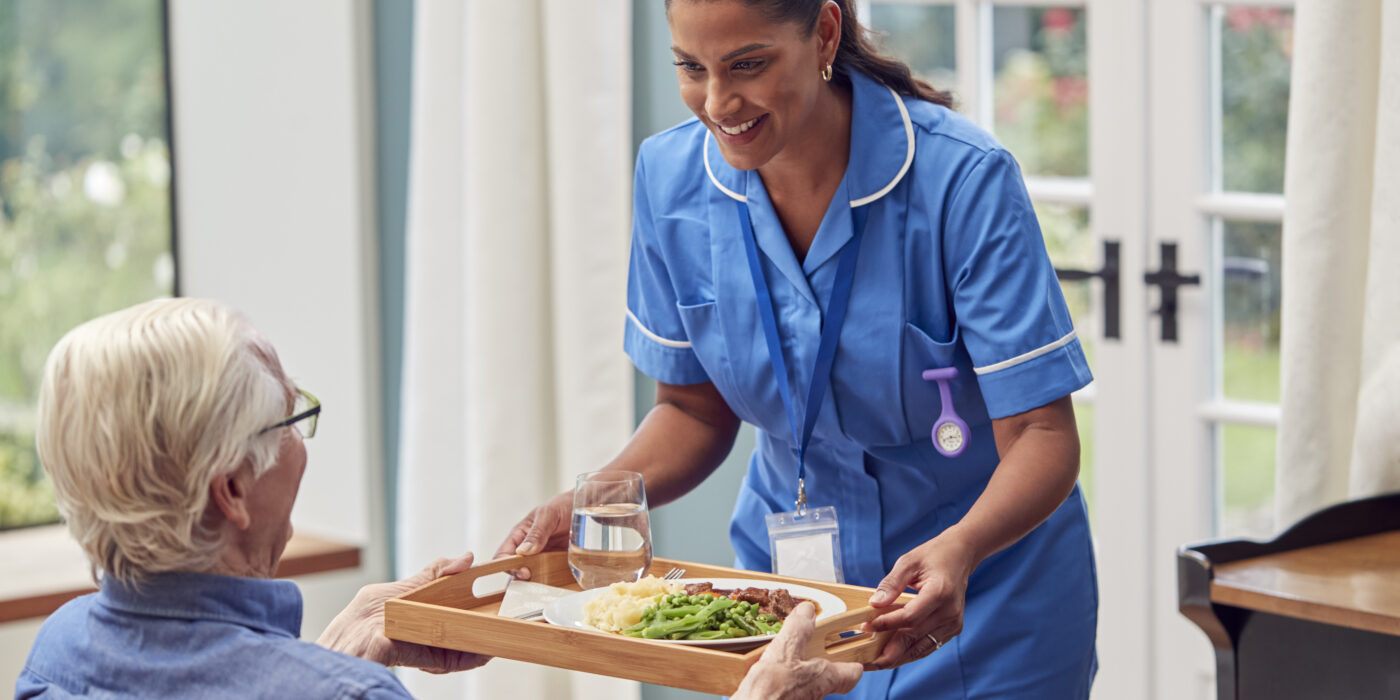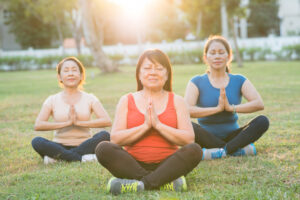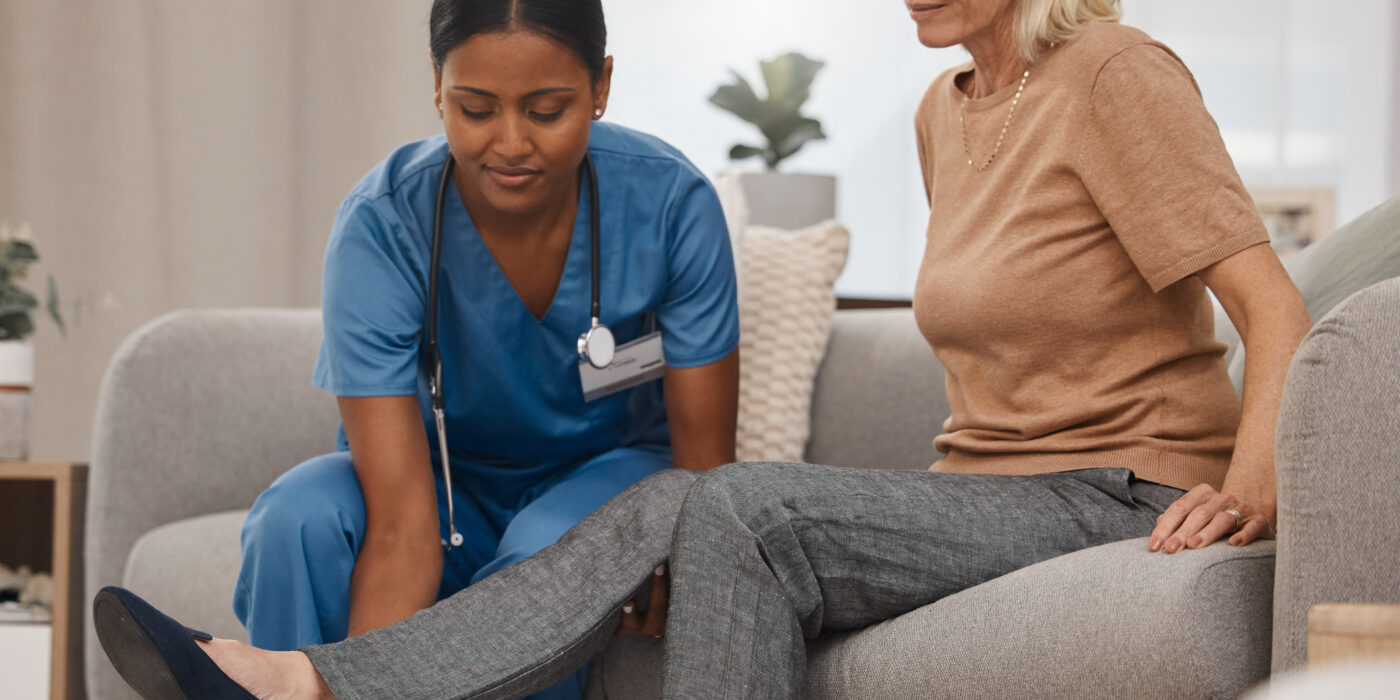Managing Diabetes at Home: 5 Ways In-Home Care Assists Seniors
Diabetic patients have an excellent alternative for care in the form of home care. Despite having diabetes, many people may continue to lead everyday lives at home. A professional caregiver may greatly assist in reminding an older person to take their medications, follow their food plans, and keep their senior doctor’s appointments. Because of this, the patient and their loved ones are less likely to have complications from diabetes.
Problems arise when trying to control diabetes. In other words, assistance is at hand. Get in touch with us if you’d like a no-cost consultation in your home.
Five Ways Home Care Can Improve Diabetic Care for Seniors
Here are five ways home caregivers can help their elderly clients manage diabetes:
1. Making food. Caregivers in the home can assist with meal planning and preparation and grocery shopping if their clients have specific dietary needs.
2. Medication administration. A home care provider can assist an older person in keeping track of their blood sugar levels and in taking their other prescriptions as prescribed.
3. Symptom management. When a patient in need of in-home care exhibits signs of high or low blood sugar, the caregiver swiftly brings them to a doctor.
4. Mobility. Home care staff ensure their patients are safe, whether driving them to appointments or moving around the house.
5. Getting some exercise. Keeping up with a regular exercise routine is essential for controlling diabetes. In-home caregivers may help their clients develop a healthy exercise routine
and participate in physical activities without risk.
Cohousing
A second senior housing option that is gaining traction is cohousing. The procedure is as follows: People who share a desire for a comfortable, close-knit neighborhood without the burden of large homes get together to create a neighborhood. Together, they purchase property, construct a housing complex, or transform an existing structure into apartments. Multigenerational communities often have a central gathering area for things like meals, lessons, and meetings, as well as shared outdoor spaces like gardens, walks, and maybe even fitness centers. Cohousing is based on a strong emphasis on neighborly relationships. There is a growing trend of senior-only cohousing communities catering to seniors 55 and older who desire all the benefits of modern senior living without sharing their space with young families.
Services like lawn care, auto repair, home improvement, and medical care in the home are all covered by a curated, Angi-style directory available to locals.
Comforting Family and Friends with Expert Care
If a family member has a disease requiring specialized care, such as Alzheimer’s, diabetes, or Parkinson’s, they may find relief in in-home specialist care. In addition to helping patients who have suffered a spinal cord injury or traumatic brain injury or are recuperating from cancer or a stroke, caregivers have specialized training to offer in-home care for various chronic diseases. Families also benefit from the caregivers’ support and reassurance that their loved one receives the care they require.










